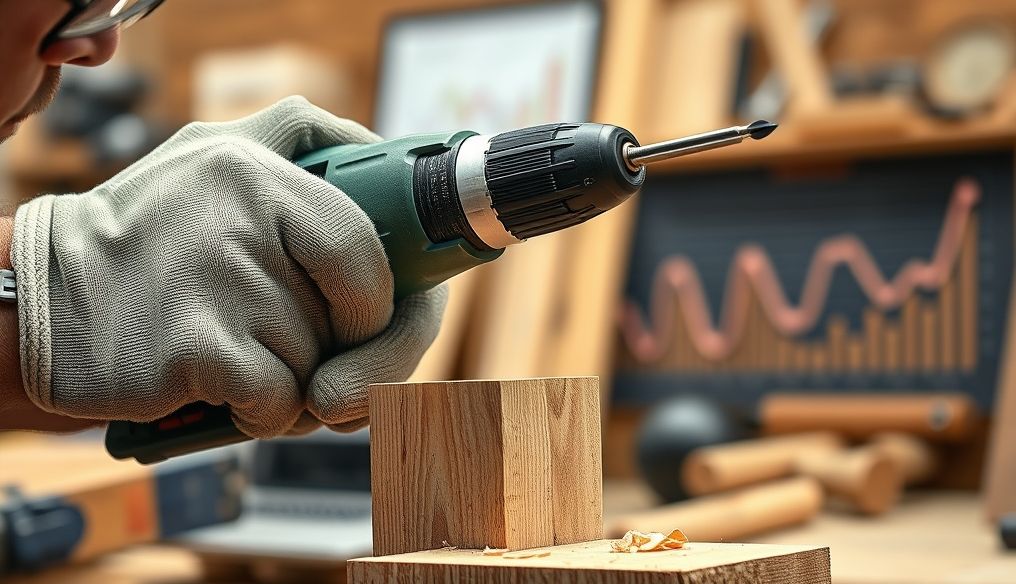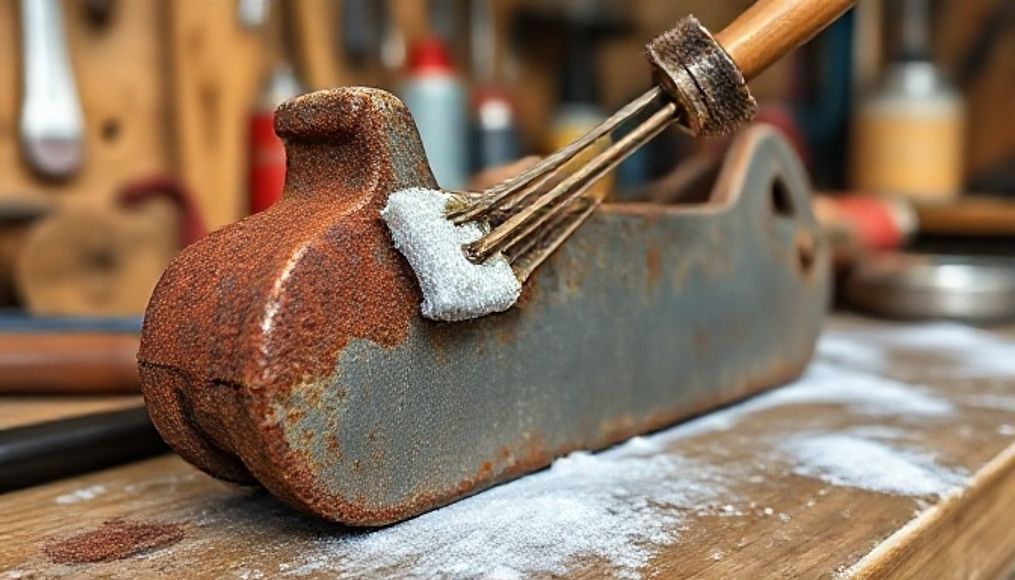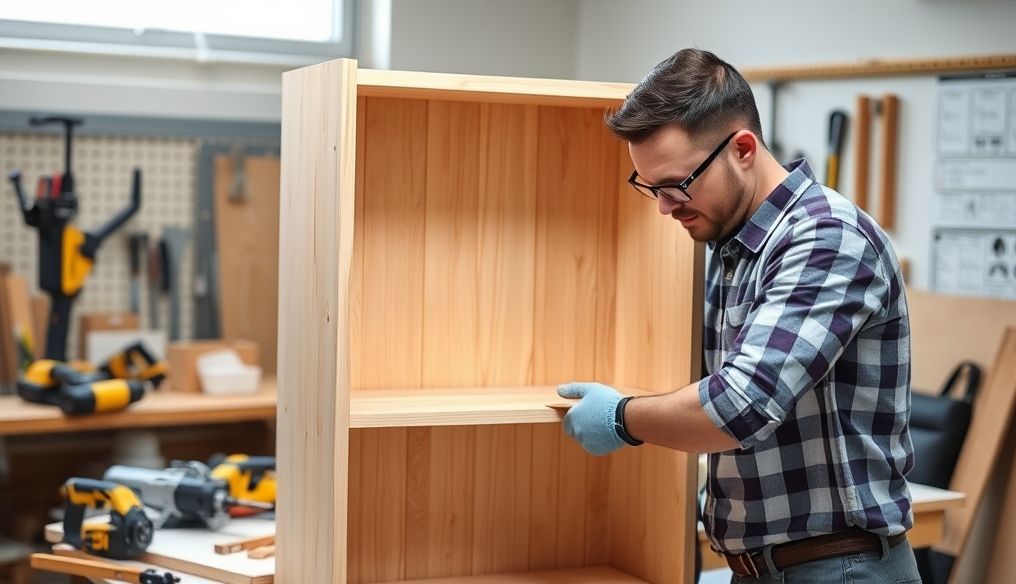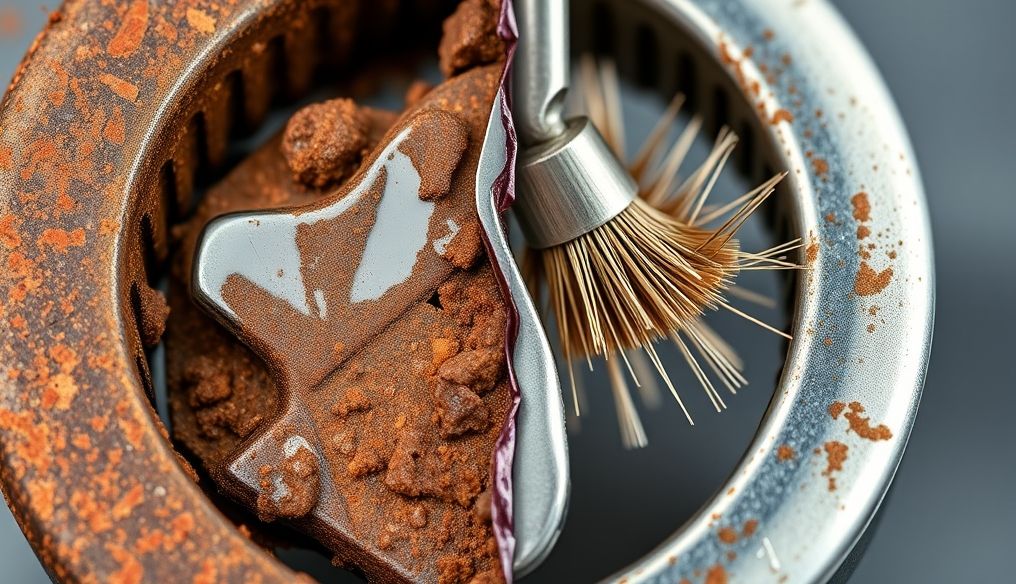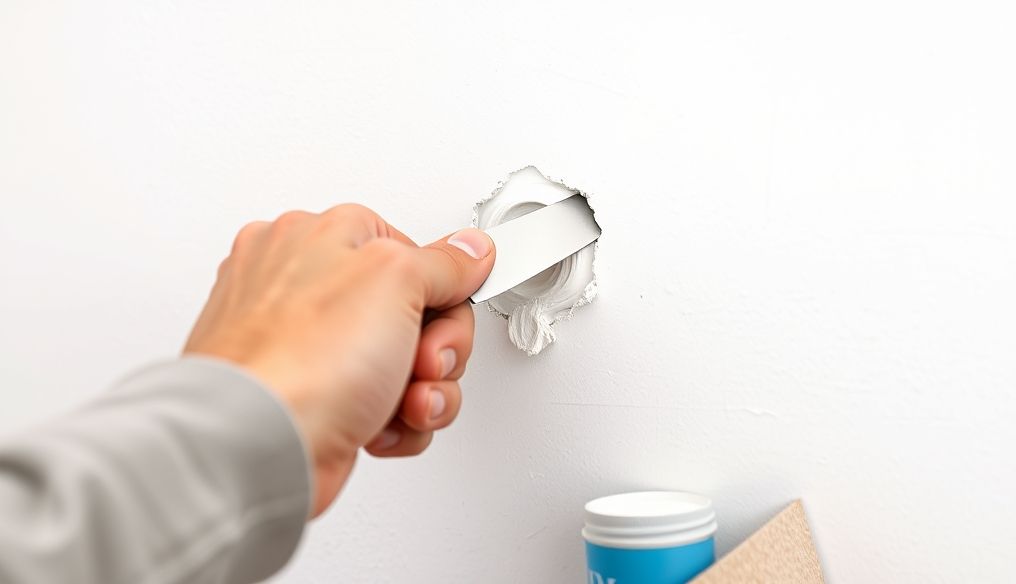Introduction to the World of Electric Drills
The electric drill, often simply called a drill, is a versatile power tool used to drill holes in a variety of materials such as wood, metal, plastic, and even concrete. A drill is an essential tool in any home or workshop, whether you're hanging a picture, assembling a piece of furniture, or undertaking a larger repair project.
However, using a drill correctly and safely requires a basic understanding of its mechanism, the different types of drills, and the appropriate drilling techniques for each material. This article will provide you with a comprehensive guide on how to use an electric drill safely and effectively, from choosing the right drill to mastering different drilling techniques.
Types of Electric Drills
Different types of electric drills are available, each with its own features and uses:
- Cordless Drill: Powered by a battery, making it easy to use and move around. Ideal for light and medium-duty tasks.
- Corded Drill: Requires a direct connection to a power source, providing continuous power. Suitable for heavy and continuous tasks.
- Hammer Drill: Combines rotation and hammering, making it effective for drilling concrete and brick.
- Rotary Drill: Uses rotation only, ideal for drilling wood, metal, and plastic.
- Right Angle Drill: Designed for drilling in tight spaces that are difficult to reach with other drills.
Main Parts of an Electric Drill
To understand how to use a drill correctly, you should be familiar with its main parts:
- Chuck: The part that holds the drill bit.
- Handle: Provides a comfortable and secure grip.
- Trigger: To turn the drill on and control its speed.
- Forward/Reverse Switch: To change the direction of the drill bit's rotation.
- Speed Control: To adjust the rotation speed according to the material being drilled.
- Torque Control: To set the rotational force, preventing damage to screws or the material being drilled (in cordless drills).
Choosing the Right Drill Bit
Choosing the right drill bit is crucial for achieving accurate results and avoiding damage to the material being drilled. Here are some common types of drill bits:
- Twist Drill Bits: The most common, used for drilling wood, metal, and plastic.
- Spade Bits: Used for drilling large holes in wood.
- Auger Bits: Used for drilling deep holes in wood.
- Masonry Bits: Made of tungsten carbide, used for drilling concrete and brick.
- Diamond Bits: Used for drilling tile, glass, and ceramics.
When choosing a drill bit, make sure it is made of a material suitable for the material you intend to drill. Also, choose the appropriate size for the hole you want.
Basic Safety Precautions When Using a Drill
Safety is the top priority when using any power tool. Here are some basic safety precautions to follow:
- Wear Safety Glasses: To protect your eyes from flying debris.
- Wear Gloves: To improve grip and protect your hands.
- Wear Ear Protection: Especially when using a hammer drill.
- Secure the Workpiece: Using a vise or clamps to hold the workpiece in place and prevent it from moving.
- Inspect the Power Cord: Before use to ensure there is no damage.
- Avoid Loose Clothing and Jewelry: That could get caught in the drill.
- Unplug the Drill: Before changing the drill bit or performing any maintenance.
Steps to Use an Electric Drill Correctly
- Mark the Hole: Use a pencil to mark the location where you want to drill the hole.
- Create a Pilot Hole: Use a nail or a special tool to create a small indentation at the drilling point to guide the drill bit.
- Insert the Drill Bit: Open the drill chuck, insert the drill bit, and make sure it is securely tightened.
- Adjust the Speed: Start at a low speed and gradually increase it as needed. Low speed is suitable for metals, and high speed is suitable for wood.
- Position the Drill: Place the drill bit on the drilling point at a right angle.
- Start Drilling: Gently press the trigger and start drilling slowly and steadily.
- Apply Consistent Pressure: Do not press too hard, let the drill do the work.
- Remove the Drill: After finishing drilling, lift the drill slowly and steadily.
Different Drilling Techniques Depending on the Material
- Drilling Wood: Use a wood drill bit and secure the workpiece. Start at a low speed and gradually increase it.
- Drilling Metal: Use a metal drill bit and cool the drill bit with oil to prevent overheating. Start at a low and steady speed.
- Drilling Plastic: Use a wood or metal drill bit and secure the workpiece firmly to prevent it from slipping. Start at a very low speed to avoid melting the plastic.
- Drilling Concrete: Use a hammer drill and a concrete drill bit. Apply firm and steady pressure while drilling.
Regular Maintenance of an Electric Drill
To keep the drill in good condition and extend its life, perform the following regular maintenance:
- Clean the Drill: After each use, clean the drill with a cloth to remove dust and dirt.
- Lubricate the Chuck: Regularly to facilitate the opening and closing of the chuck.
- Inspect the Power Cord: Regularly to ensure there is no damage.
- Store the Drill in a Dry Place: To prevent rust and corrosion.
- Check Carbon Brushes: In corded drills and replace them when needed.
Conclusion
By following these tips and guidelines, you can use an electric drill safely and effectively to accomplish a variety of tasks. Always remember to follow safety precautions, choose the right drill bit, and perform regular maintenance to keep the drill in good condition.
